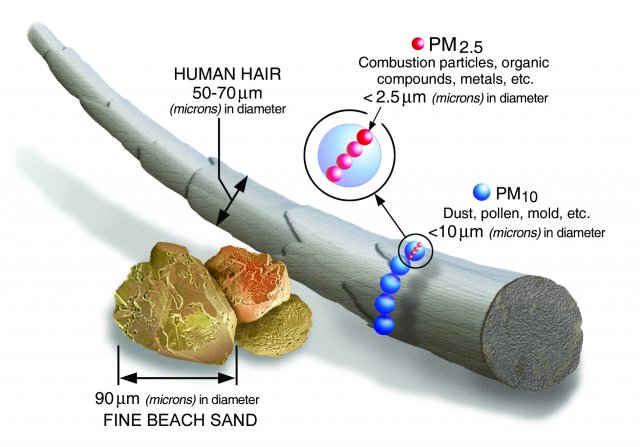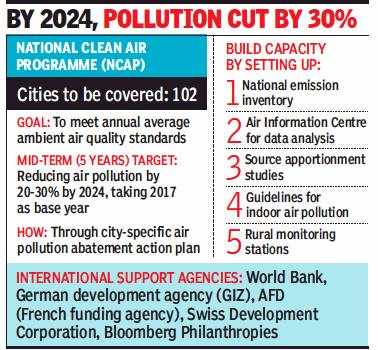Free Courses Sale ends Soon, Get It Now


Free Courses Sale ends Soon, Get It Now



Copyright infringement is not intended
Context: No country in 2021 met the updated air quality guidelines defined by the World Health Organization (WHO), a new report found.
Key findings of report by report by IQAir:
What is Particulate Matter 2.5 (PM2.5)?
PM2.5 effect on health
Where does PM2.5 come from?
There are outdoor and indoor sources of fine particles.
International impact of PM 2.5
Measure taken by GoI:
National Clean Air Program (NCAP)

© 2024 iasgyan. All right reserved